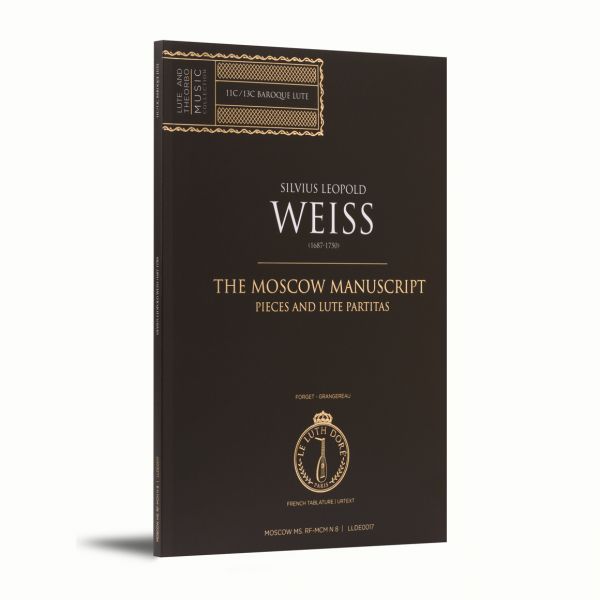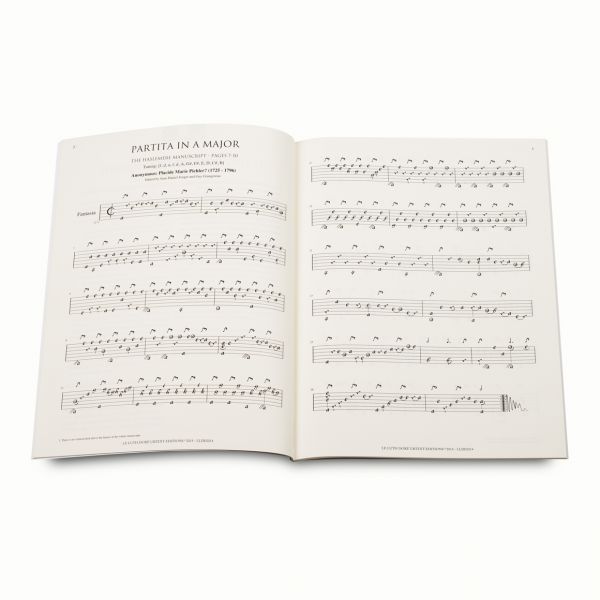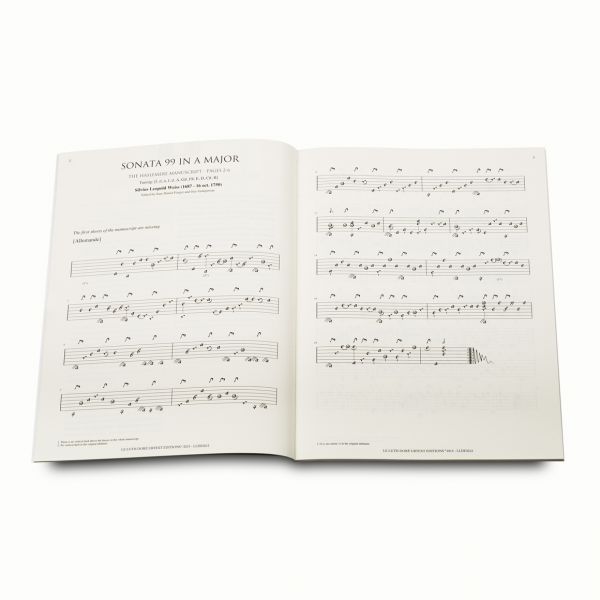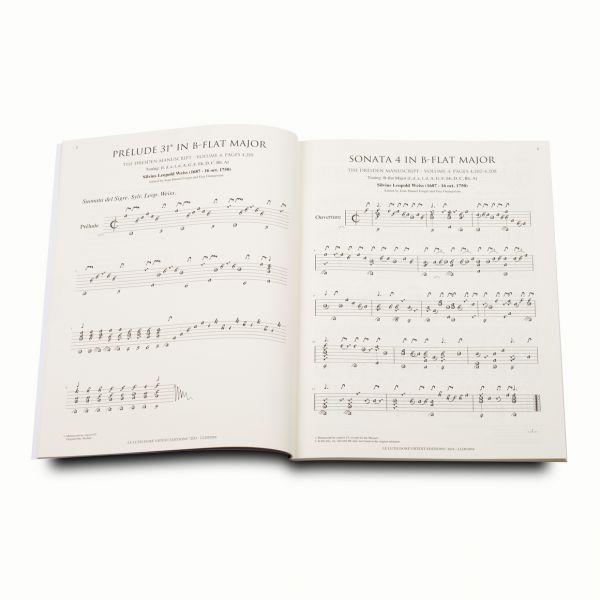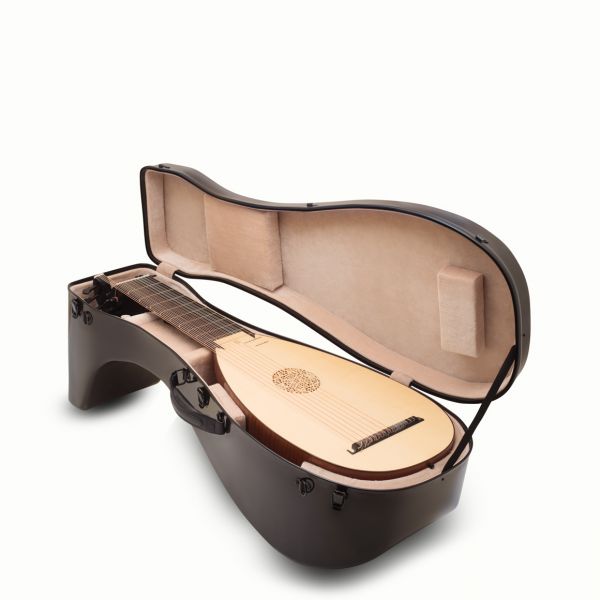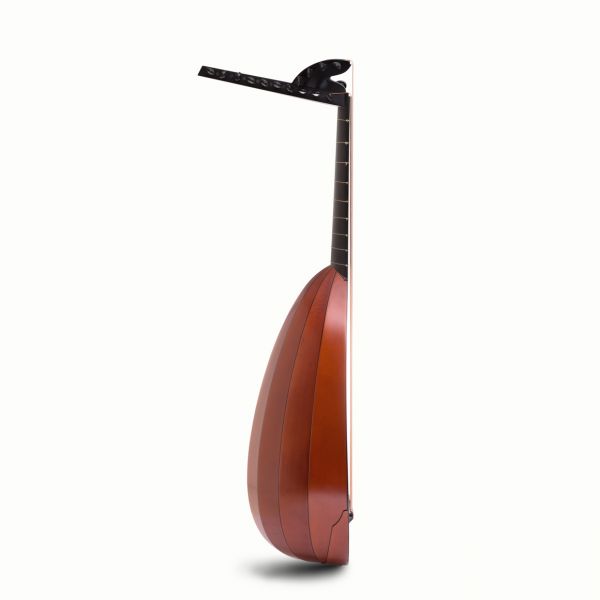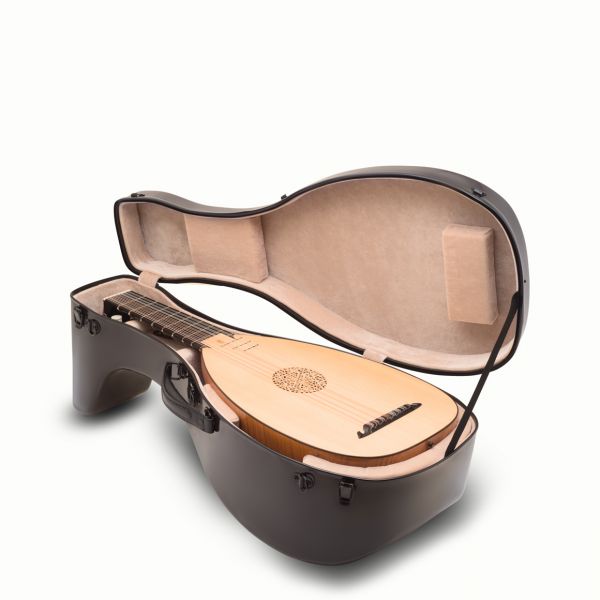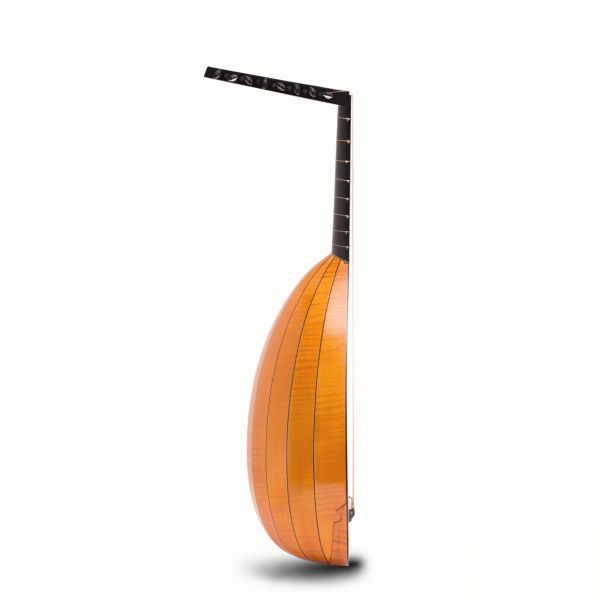Le Luth Doré Urtext Editions
The Le Luth Doré Urtext Editions offer musicians and musicologists worldwide reliable and authoritative musical texts. The main features are:
• superb and aesthetically appealing music engraving
• optimized for practical use (page turns, fingerings)
• books originally in Italian tablature are published in both Italian and French tablatures
• high-quality and durable (cover, paper, binding)
• both original and modern prefaces, documentation of the corrections made and explanatory footnotes in English, French, Italian, German …
About Le Luth Doré Urtext Editions
Our editions are urtext: we strive to provide reliable musical texts that are as true as possible to the existing sources and the composer’s intentions. We are aware, of course, that it is impossible to reconstruct the one and only urtext. Often, several manuscript sources exist for the same piece, and there is little reliable guidance for determining which version best represents the composer's intentions.
Although we cannot entirely dissipate historical uncertainty, we can compare texts and correct obvious errors, which sometimes occur even in autograph manuscripts. Sources have been meticulously examined - note by note, mark by mark.
When facing ambiguity inherent to the sources, wise editorial judgment must take the place of textual certainty.
The most important observations and editorial decisions are elucidated in the prefaces, in the critical commentary, in footnotes, or marked as such in the musical text. It therefore comes as no surprise that an editor has to invest a great deal of patience, knowledge and time when piecing together an urtext that is true to the source and, hopefully, to the composers’ intentions as well. Proven specialists with extensive knowledge and experience edit our Le Luth Doré Urtext Editions in close cooperation with our Editorial Department.
Each verified musical text preserves the original fingerings and notation of ornamentation and, in the absence of original manuscript notations, also sets forth helpful suggestions by modern masters regarding useful fingerings and ornaments faithful to historical style, as a stimulus to further thought and a starting point for the student's approach to performance.
We are deeply grateful to all the extraordinary musicologists, music teachers and artists that put their knowledge and experience at our disposal for Le Luth Doré Urtext Editions.
Le Luth Doré ©2015

















